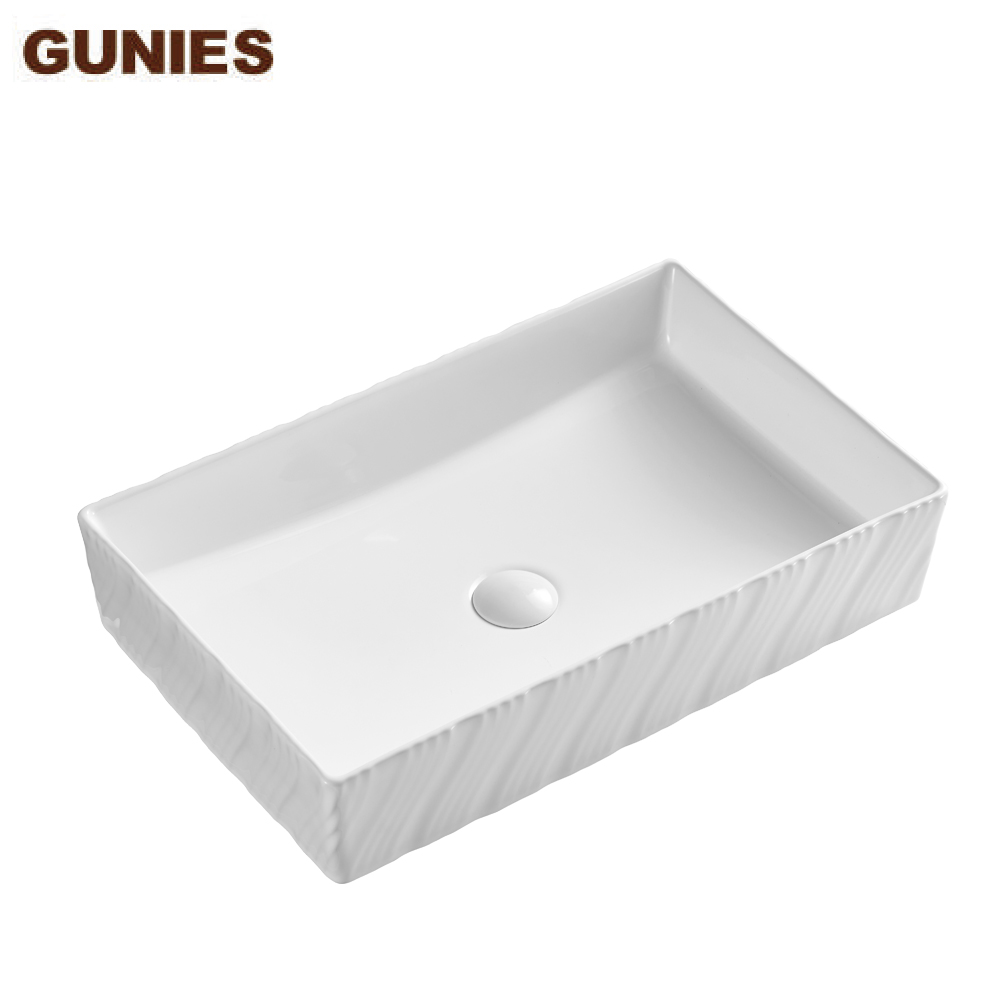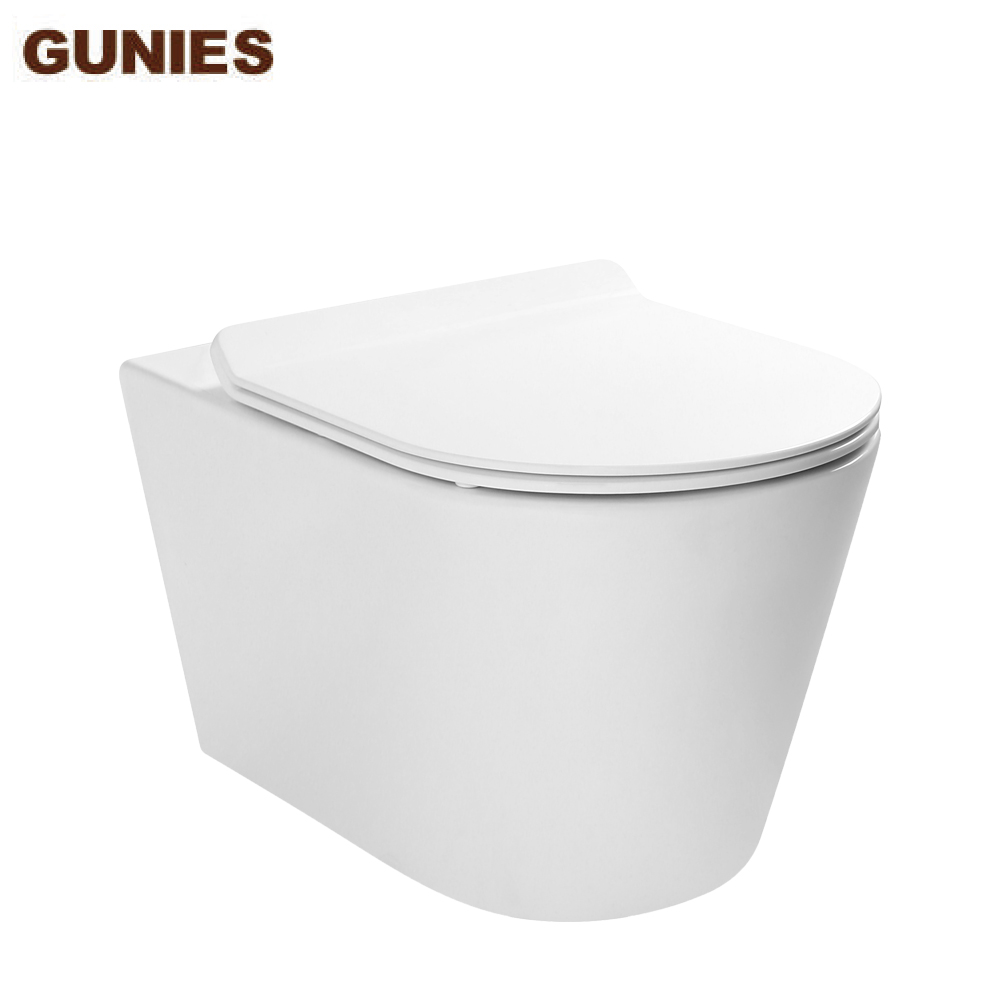When it comes to upgrading your bathroom or kitchen, the terms wash art basin and sink often come up—but are they the same thing? While many people use the words interchangeably, there's a difference between a wash basin and a sink, and understanding this can help you make a more informed decision during your next home renovation.
In this guide, we break down the differences between a wash art basin and a sink, explore their unique features, ideal placements, and how to choose the right one for your space.
What Is a Wash Art Basin?
A wash art basin, also known as an art basin or designer basin, is a type of decorative bathroom fixture designed primarily for aesthetic appeal. Unlike standard sinks, art basins are all about style, elegance, and visual impact.
Key Characteristics of Wash Art Basins:
● Stylish and artistic designs—often handcrafted or made with high-end materials like ceramic, marble, glass, or stone.
● Usually installed above the countertop (vessel style).
● Available in unique shapes: oval, square, asymmetrical, and even abstract.
● Primarily used in bathrooms or powder rooms, where design is prioritized over utility.
Think of a wash art basin as a statement piece—something that grabs attention the moment you walk into the bathroom.
What Is a Sink?
The term sink is more general and refers to a functional plumbing fixture used for washing hands, dishes, and other items. Sinks come in various styles and materials and can be found in kitchens, bathrooms, laundry rooms, and more.
Common Types of Sinks:
● Undermount sinks
● Top-mount sinks
● Wall-mounted sinks
● Pedestal sinks
Sinks focus more on functionality and convenience, often coming with additional features like double bowls, integrated drainboards, or deeper basins.
Wash Art Basin vs Sink: Key Differences
| Feature | Wash Art Basin | Sink |
| Purpose | Aesthetic, decorative | Practical, functional |
| Installation | Usually above counter (vessel mount) | Can be undermount, top-mount, wall-mount |
| Design | Artistic, designer-focused | Simple, utility-based |
| Materials | Ceramic, marble, glass, stone | Stainless steel, ceramic, porcelain |
| Common Locations | Bathroom, powder room | Kitchen, bathroom, laundry |
| Pricing | Typically more expensive | Wider price range, often more affordable |
| Usage Frequency | Occasional use | Frequent use |
When Should You Choose a Wash Art Basin?
If you’re designing a luxury bathroom, a guest powder room, or simply want a modern bathroom vanity upgrade, a wash art basin is perfect. It adds a touch of sophistication and can become the focal point of your bathroom.
Pros of a Wash Art Basin:
● Eye-catching and elegant
● Great for creating a modern or luxury aesthetic
● Customizable in terms of shape, color, and material
When Should You Choose a Sink?
For kitchens, laundry rooms, and high-use bathrooms, a sink is a better choice. It's designed for efficiency, durability, and daily use. Whether you're washing dishes or brushing your teeth, a standard sink is built to withstand repeated use.
Pros of a Standard Sink:
● Practical and versatile
● Easy to install and maintain
● More affordable and widely available
Can You Install a Basin in the Kitchen and a Sink in the Bathroom?
Yes, you can technically install a basin in the kitchen and a sink in the bathroom, but it’s not always recommended. Each fixture is designed with a specific function and space in mind, so using them interchangeably may compromise either aesthetics or usability.
Installing a Basin in the Kitchen:
Not Ideal – Wash basins are typically smaller, shallower, and made for light use.
Design-first – Their artistic design may clash with the heavy-duty, practical requirements of a kitchen.
Limited durability – Materials like glass or stone may not hold up well to cooking messes, hot pans, or daily dishwashing.
Installing a Sink in the Bathroom:
Acceptable – Many bathrooms already use functional sinks, especially in family homes.
Style options available – You can choose a designer bathroom sink that looks just as stylish as an art basin.
To be honest, sinks are best used in the location for which they were intended. A kitchen sink wouldn’t function as well in the bathroom. The first problem is one of space because these sinks are huge and would occupy an excessive amount of it. Second, since tasks in the bathroom are normally limited to hand washing, tooth brushing, and similar activities, you typically don’t need a large wash sink.
Can You Combine Functionality and Style?
Absolutely! Today’s market offers designer sinks and functional wash basins that blend the best of both worlds. You can opt for a stylish undermount ceramic sink for the bathroom or a glass-top basin that also handles daily wear and tear.
FAQs: Wash Art Basin vs Sink
1. What is the main difference between a wash basin and a sink?
A wash art basin is primarily designed for aesthetic appeal, often used as a decorative piece in bathrooms, while a sink is focused on functionality and is commonly used for daily activities like washing dishes or laundry.
2. Can I use a wash basin in the kitchen?
Technically, yes—but it's not recommended. Wash basins are not designed for heavy-duty use or constant water flow like kitchen sinks. They're better suited for bathroom vanities or powder rooms.
3. Are wash art basins more expensive than regular sinks?
Yes, wash basins tend to be more expensive due to their unique design, premium materials, and handcrafted details. Prices vary based on size, brand, and material.
4. Do art basins require special plumbing?
In most cases, art basins use standard plumbing fittings, but because they are often countertop-mounted, you may need taller faucets or slightly different plumbing configurations.
5. Is a wash art basin practical for everyday use?
It depends on your usage. For low-traffic bathrooms, they work well. However, for busy family bathrooms or utility areas, a traditional sink is often the more practical choice.
6. Can I install a wash basin myself?
DIY installation is possible for experienced renovators, but due to the unique shapes and mounting styles, it’s best to hire a professional plumber to ensure proper fitting and sealing.
7. What materials are wash art basins made from?
Wash basins are made from a variety of materials, including ceramic, glass, marble, stone, copper, and even resin. Each material offers different aesthetics and maintenance requirements.
8. Do sinks come in stylish designs too?
Yes! While sinks are traditionally utilitarian, modern sinks come in sleek and minimalist designs, with materials like matte black steel, concrete, or ceramic that can still complement contemporary décor.
9. What’s better for a guest bathroom: a wash art basin or sink?
A wash art basin is ideal for guest bathrooms or powder rooms where visual appeal matters more than heavy use. It leaves a lasting impression on visitors.
10. How do I maintain a wash basin?
Clean it regularly with non-abrasive cleaners. Avoid harsh chemicals that may damage delicate finishes like glass or marble. Always wipe down after use to prevent water stains.
Final Thoughts: Which One is Right for You?
The choice between a wash basin and a sink depends on your needs, style preferences, and budget.
● Choose a wash basin if you want a luxury feel and don’t mind paying extra for beauty.
● Choose a sink if you need durability, practicality, and everyday use.
No matter what you choose, both options come in a wide range of styles, materials, and price points. When selected wisely, either can enhance your interior design and improve the overall functionality of your space.


_12011.jpg)

__1__12017.jpg)